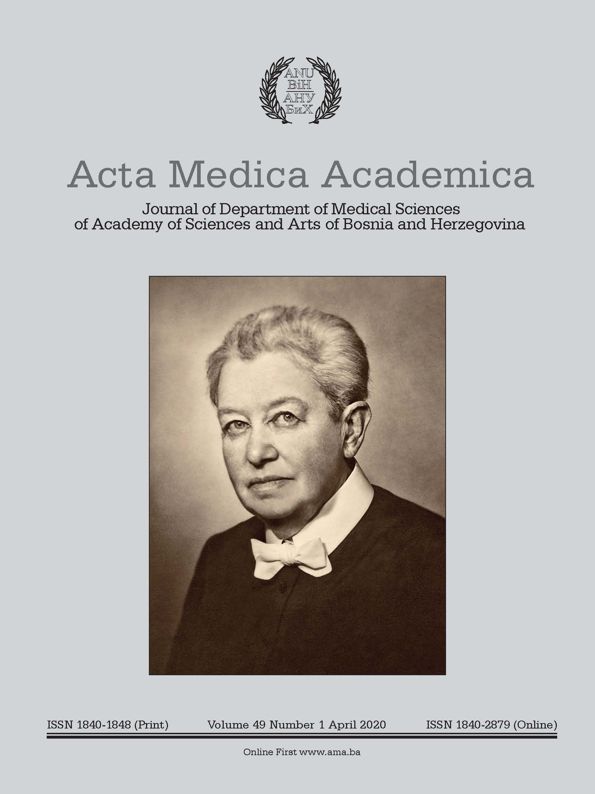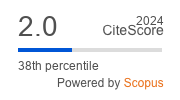The Prognostic Value of SUVmax of 18F-FDG PET/CT in Patients with Metastatic Colorectal Cancer
DOI:
https://doi.org/10.5644/ama2006-124.278Keywords:
PET/CT, SUVmax, Colorectal Cancer, CA 19-9, Progression Free SurvivalAbstract
Objective. The aim of the study was to evaluate the prognostic value of the maximum standardized uptake value (SUVmax) of 18F-Fluorodeoxyglucose (18F-FDG) PET/CT in patients with metastatic colorectal cancer, and to compare it with classical prognostic markers.
Materials and Methods. The study included 70 patients with metastatic colorectal cancer who had not been treated for the metastatic disease. The patients underwent 18F-FDG PET/CT as part of their routine diagnostic reevaluation. During the analysis, the value of the largest tumor diameter and SUVmax was determined for the lesion with the highest SUVmax observed. The values of CEA and CA 19-9 were recorded 7 days before the PET/CT analysis.
Results. SUVmax and Carbohydrate antigen (CA)19-9 were found to be independent prognostic markers of disease progression within 12 months. Based on the Receiver Operating Characteristics (ROC) curve analysis, the patients could be divided into two groups: SUVmax≤4.1 vs. SUVmax>4.1. Patients with SUVmax values of 4.1 or less had significantly better progression-free survival within 12 months with an HR (95% CI) of 2.97 (1.4-6.3), relative to patients with SUVmax values above 4.1.
Conclusion. SUVmax may be used as a novel prognostic marker of disease progression among patients with metastatic colorectal cancer. Values of SUVmax can be used to select patients with a more aggressive type of disease and higher risk for progression within 12 months of PET/CT analysis.
Downloads
Published
Issue
Section
License
Copyright (c) 2020 Emir Sokolović, Timur Cerić, Šejla Cerić, Semir Bešlija, Sandra Vegar-Zubović, Nermina Bešlić, Irmina Sefić-Pašić, Anes Pašić

This work is licensed under a Creative Commons Attribution-NonCommercial 4.0 International License.





